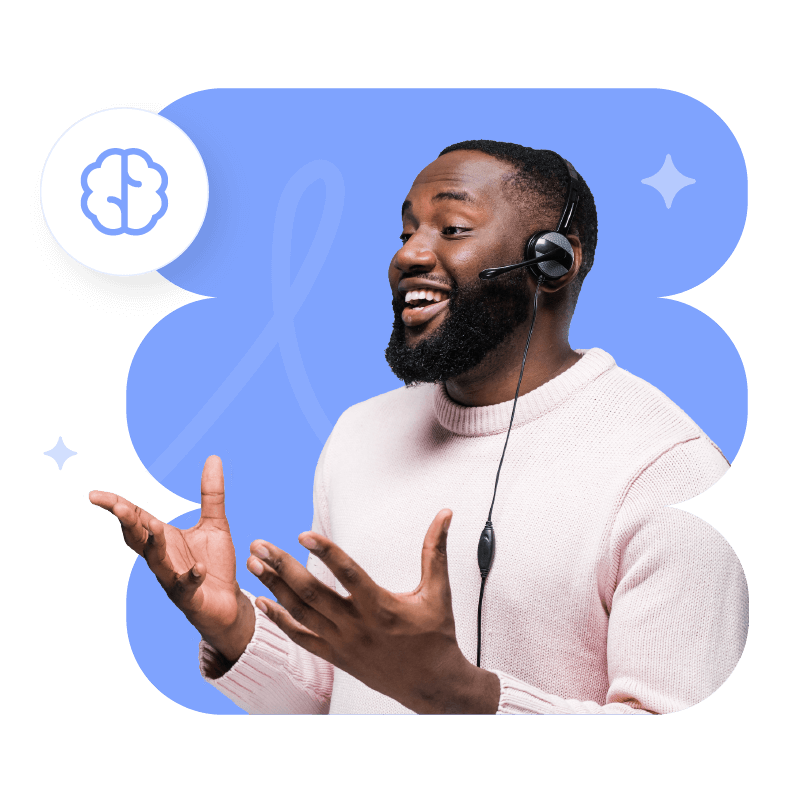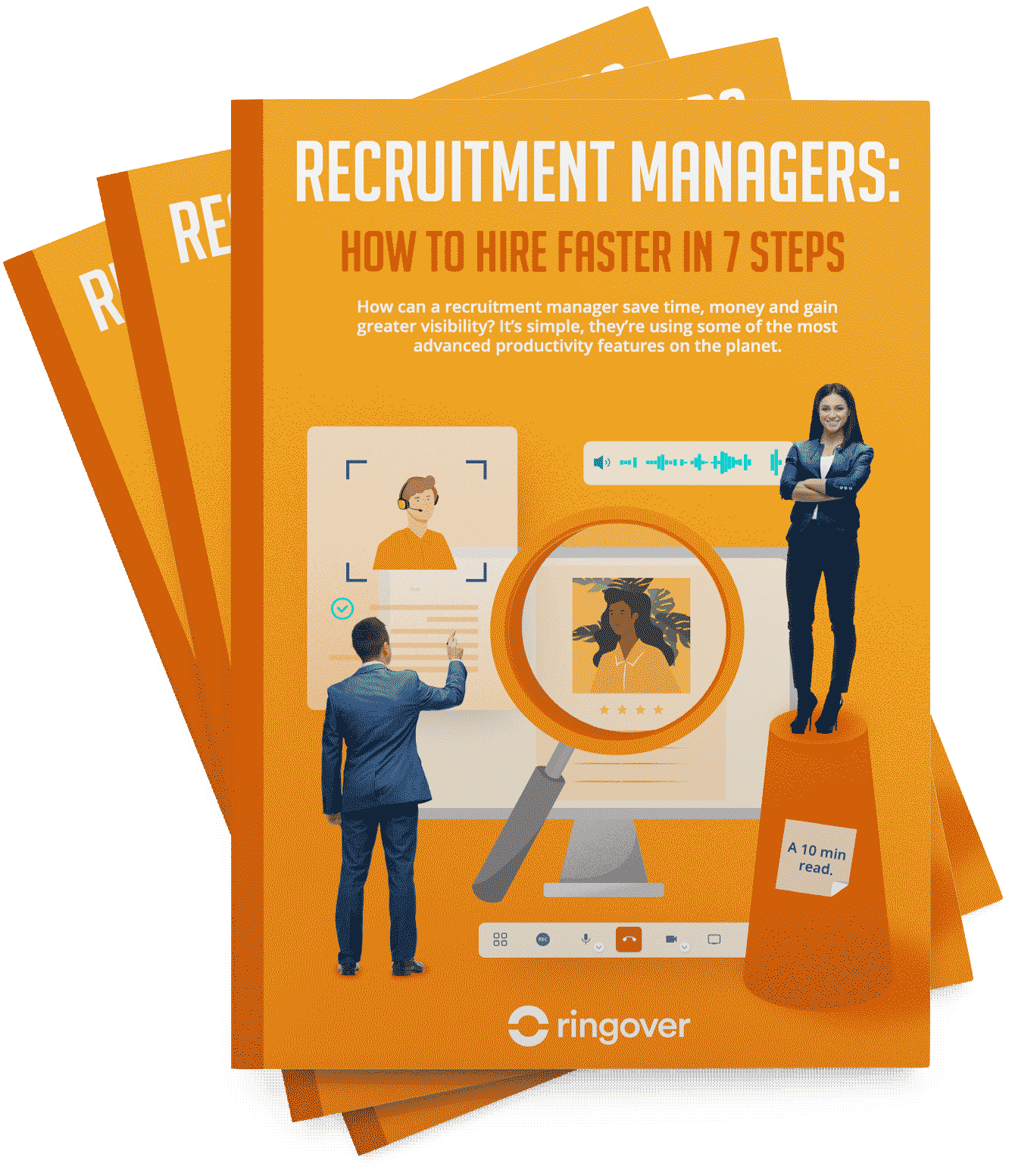Summary
More and more providers are offering AI headshot generation services for resumes, websites and LinkedIn profiles–ranging from free internet portals, to bespoke services charging upwards of $129 per pack. But will generating an AI headshot benefit or compromise your application? And does the provider you choose (and the price point) make a difference?
We surveyed 1,087 recruiters about headshots and asked them general questions about headshots in applications and to pick out their favorite headshots per applicant. What they weren't told was that some of these were AI-generated. In the second half of the survey, we explicitly asked the recruiters to identify AI-generated headshots and for their opinions on their increasing adoption. So, who is more hireable, you or your AI doppelganger?
Key findings
- Three quarters of recruiters (76.5%) preferred AI headshots over real headshots
- Recruiters were almost twice as likely to prefer a top-range (42%) generated headshot over a real headshot (23.5%)
- Three quarters (74.4%) of recruiters are more inclined to interview candidates with headshots
- Two thirds (67.5%) of recruiters have been put off by a candidate with a bad headshot
- Recruiters correctly spotted AI headshots only 39.5% of the time–but 80% believed they had guessed accurately or very accurately
- Caught out: two-thirds (66%) of recruiters said they would be put off a candidate if they recognised their headshot was AI-generated
- Nine in ten (88%) of recruiters believe that it should be made clear when a candidate has used an AI-generated headshot
Two thirds of recruiters (66.7%) find it helpful to put a face to a name
As companies focus more on fostering DEI (Diversity, Equity, and Inclusion) practices, including a headshot in your resume is seen as unprofessional. But social recruiting (using social media as a recruitment tool) is on the rise, and even if you don't include a headshot on your resume, half (50%) of the recruiters said they always check out Linkedin or other social media profiles of the candidates, and a third (33.3%) said they would if the profile is linked in the application. One of the obvious outcomes of this is finding out what a candidate looks like. Two thirds of recruiters (66.7%) said that it is helpful to put a face to a name, the reasons given were:
- To get a better feel for the character of the applicant: 57.5%
- To make the candidate more memorable: 39.7%
- To see if they would be a fit for the company: 30.3%
Two thirds (67.5%) of recruiters have been put off by a candidate with a bad headshot
However, this doesn't mean that any picture will do. An unprofessional headshot or LinkedIn profile picture can do more harm than good to your application, as two thirds (67.5%) of recruiters say they had been actively put off by a bad picture. The main things that would put off a recruiter are the headshot being too stylized or posed (40.9%), poor photo quality (39.9%), too informal (35.6%) and the use of filters or obvious editing (32.7%).
The quality of the picture is clearly important, but getting a set of headshots professionally taken can cost on average $150 to $450. One plus-point for AI headshots is that they are far more affordable. To see if there's a correlation between more expensive generators and better results, we used real headshots and four different types of AI generative software. In order of least to most expensive they were:
- A free service
- Two mid-range services at $9.99 per person
- One top-range service at $35 per person

Three quarters (76.5%) of recruiters preferred AI headshots over real headshots
To test which headshots performed best, we asked recruiters to choose their favorite between three headshots. What they weren't told is that two of the three headshots were AI-generated. In total, between the five case studies (two male candidates, three female candidates), the respondents chose the AI-generated headshots 76.5% of the time.

Recruiters were almost twice as likely to prefer a top-range generated headshot over a real headshot
But this doesn't mean that all AI headshots are made equal. In this part of the survey–and to not give away that any images were AI-generated straight away–we chose three different tiers of paid AI generation services.
Only one in four preferred real headshots (23.5%), with the most popular option being the most expensive AI headshot service in the study at 42%.

Recruiters correctly spotted AI headshots 39.5% of the time
In the second half of the survey, we asked recruiters to guess if a headshot was AI-generated or real. The hiring managers in the survey only guessed correctly 4 out of 10 times. Respondents were incorrect half the time (52.9%) and 7.6% of responses said they ‘couldn't tell'.
Again, some AI services were much more obvious than others. People were most likely to guess a headshot was real (64.3%) and that the free AI headshot option was fake (58.9%) but were least likely to correctly guess that most expensive pictures were AI-generated (29.2%).

Recruiters grossly overestimated their ability to spot AI headshots
After completing the quiz, respondents were asked how accurate they were in identifying the AI headshots. Despite respondents incorrectly guessing most of the images, 80% thought they had been accurate or very accurate at spotting the AI headshots.
What gave an AI headshot away?
- Glitching features: 54.8%
- Too flawless: 43.6%
- Too posed: 34.3%
- Doesn't look like a real person: 23.3%
Because AI generation can be so hard to distinguish, there is a case being made more broadly for better watermarking for AI, especially to curb disinformation in the news cycle. In fact, nine in ten (88%) of recruiters believe that it should be made clear when a candidate has used an AI-generated headshot.
Perhaps impressed by the quality of the results, 84% of recruiters said they would or would consider using an AI headshot themselves–and 88% thought it would be a good idea to use AI headshots in their company.
But the survey revealed some clear double standards. Two-thirds (66%) of recruiters said they would be put off by a candidate if they recognised their headshot was AI-generated. If you used a paid service it is likely the recruiter won't realize–so is it worth the risk? Well, until it's watermarked the data suggests an AI headshot could get you hired.
Methodology
We surveyed 1,087 recruiters about headshots in June 2024. Five participants were chosen as case studies: three women, and two men. Real headshots were collected from each participant, and then AI headshots were generated using A2E (a free service), Remini, PhotoPacks.AI (both mid-range services) and Aragon AI (the most expensive in the study).
The survey was divided into three parts. The first section asked general questions about the use of headshots in applications. The second section asked respondents to pick out their favorite headshots per applicant. In the last part of the survey, applicants were asked to correctly identify which headshots were AI-generated and then to answer some questions about the use of AI headshots in recruitment and the workplace.
Can you guess which is the real headshot and the free, mid-range and top-range AI-generated headshot?
Answers:
- Top-range AI generation headshot
- Free AI generation headshot
- Real headshot
- Mid-range AI-generated headshot
Published on July 11, 2024.



